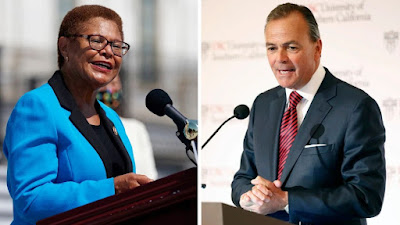Three Colorado congressionals are worth watching in 2022 by University of Virginia Crystal Ball House ratings. Lauren Boebert in the 3rd Congressional District is rated “likely” Republican. But, it is Boebert’s first re-election and she has a primary opponent. She has a flair for conservative grievance politics, a huge war chest and a lot of fight. But, she operates on the edge of norms and attracts controversy, so there could be a surprise. Still, it is very hard to see her losing at this point. As suggested in a previous blog, she should even win old-time Democratic stronghold Pueblo.
A newly configured, but still Democratic-leaning district, the 7th, is now an open seat due to Congressperson Ed Perlmutter’s retirement. Democrats, in their usual fashion for winnable seats, skipped the primary and nominated State Senator Brittany Pettersen. The only drama is in the Republican primary with three candidates, including a collection of election deniers. If the Republicans can nominate a capable candidate, this will likely be a competitive race, especially if the Blue Wave is big enough. It will be an expensive race. Pettersen has as of March 31 raised $565,000. The Republican money frontrunner is Tim Reichert with $539,000, Erik Aadland has $393,000 and Laurel Imer trails with $72,000.
The seat Republicans should win, if they can nominate a strong candidate, is the newly created 8th district. It is rated a “toss-up” by the Crystal Ball. Again, the Democrats nominated without a primary, State Representative Yadira Caraveo. The Republicans have a powerful fight between State Senator and former Weld County Commissioner Barbara Kirkmeyer, Thornton Mayor Jan Kulmann, Weld County Commissioner and former State Representative Lori Saine, and businessperson Tyler Allcorn.
All four candidates have raised more than $200,000 each, with Kulmann $392,000, Allcorn $306,000, Kirkmeyer $248,000 and Saine $243,000 in an end of March finance report.



























.jpg)










